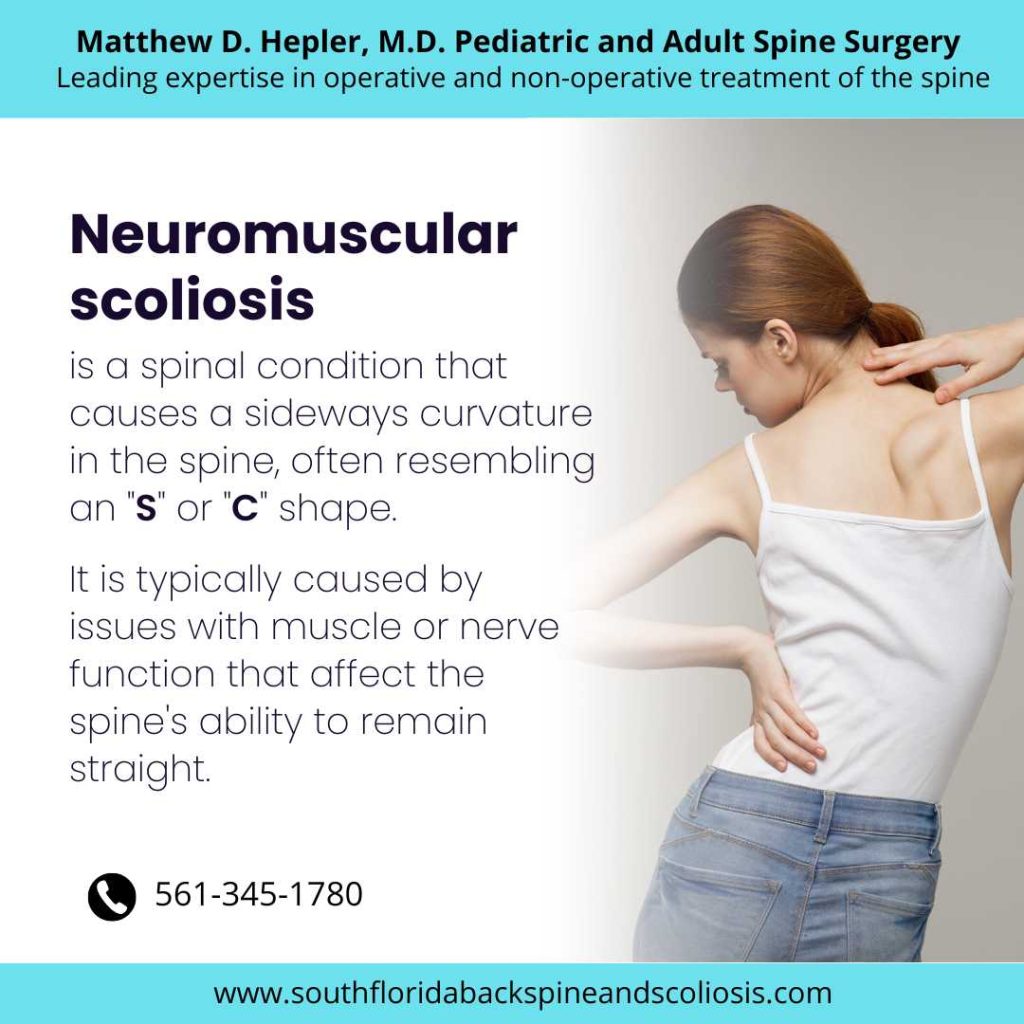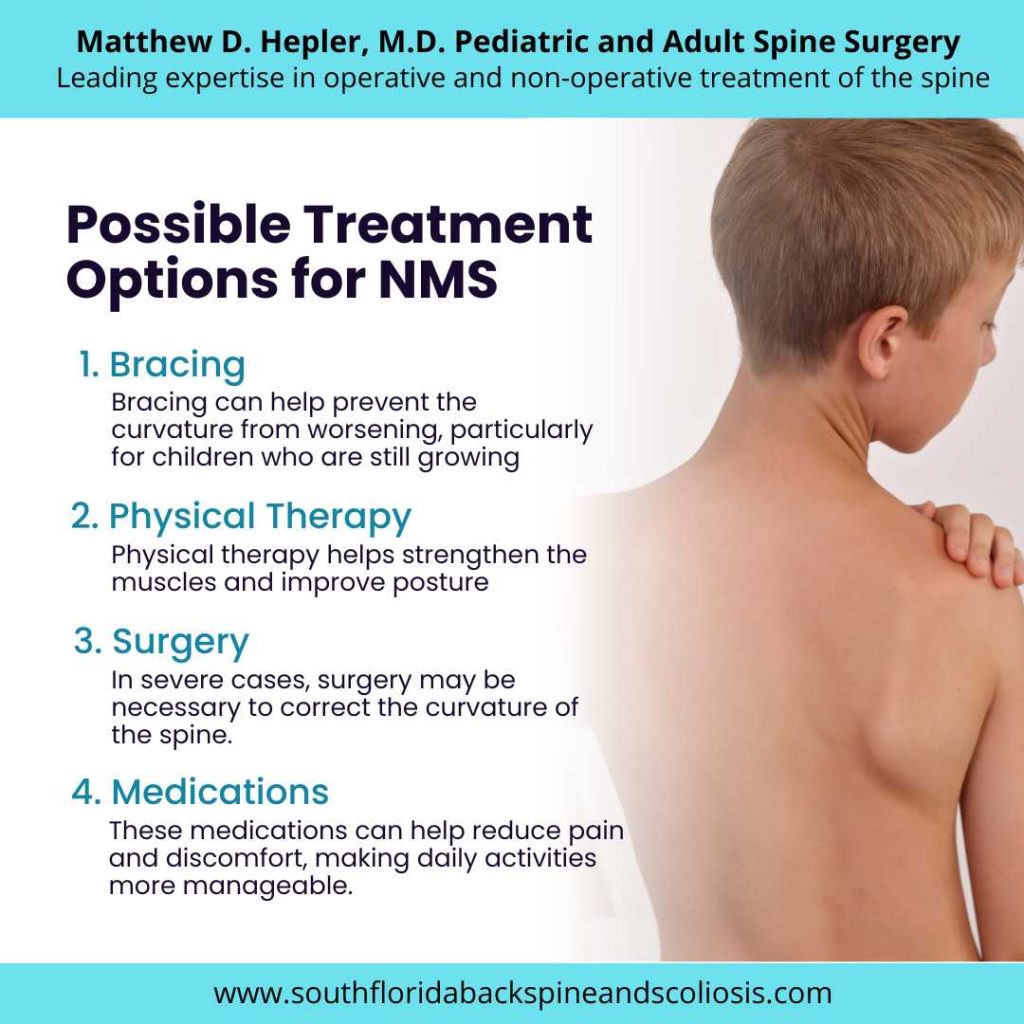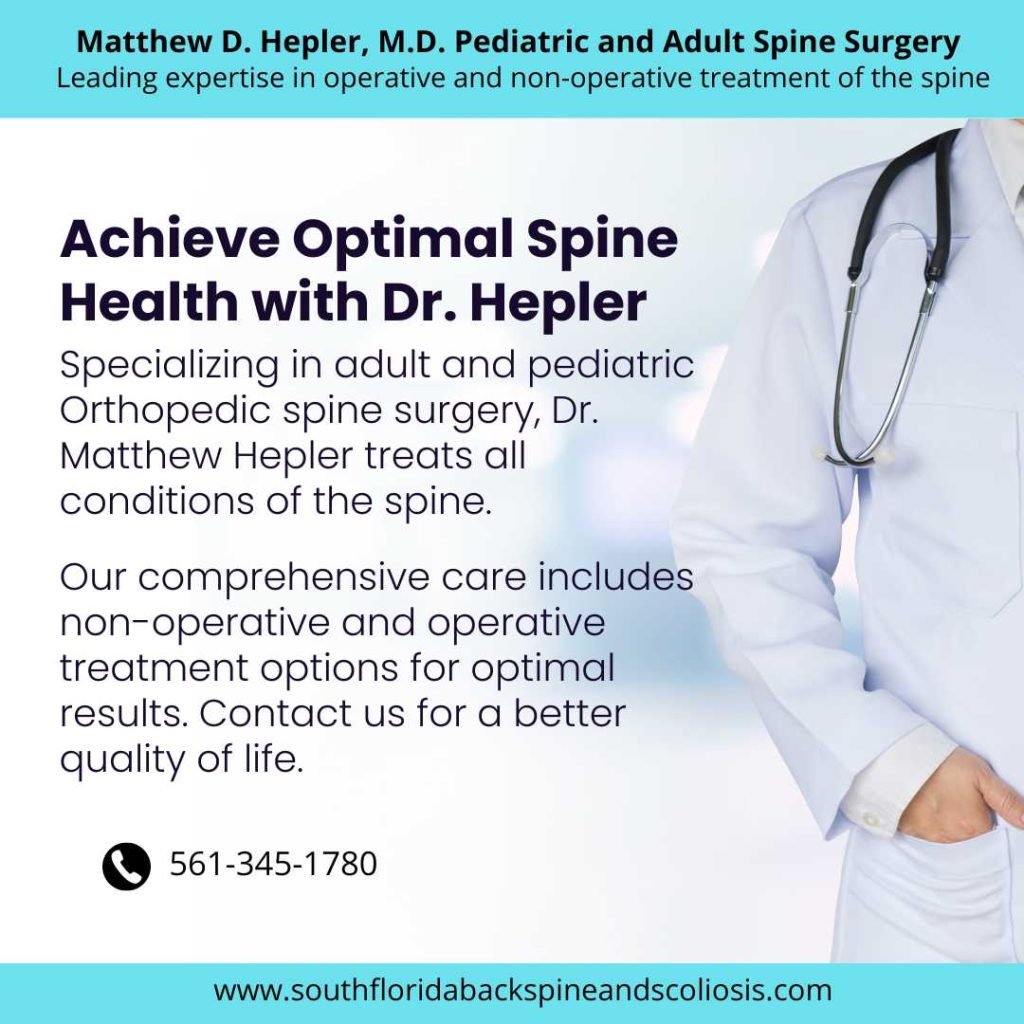Understanding Neuromuscular Scoliosis (NMS): Causes and Treatments
Scoliosis is a medical condition that affects millions of people worldwide, with around 1-3% of adolescents being diagnosed with it. While there are various types of scoliosis, one type that often goes unnoticed is Neuromuscular Scoliosis (NMS). This type of scoliosis is caused by a neurological or muscular disorder that affects the spine’s curvature, leading to potential health complications. Understanding NMS and its underlying causes is crucial in managing this condition and preventing further progression.
In this blog, we will explore the causes and treatments of Neuromuscular Scoliosis (NMS), emphasizing the importance of early detection and proper management. Whether you have been diagnosed with NMS or are simply looking to expand your knowledge, this guide will provide valuable insights into this misunderstood condition.
So, let’s dive in and uncover the critical information you need to know about Neuromuscular Scoliosis.
What is Neuromuscular Scoliosis, and how does it affect the body?
Neuromuscular scoliosis is a condition that affects the spine, the long bone in our back. Scoliosis causes the spine to curve sideways instead of staying straight. This can happen because of problems with the muscles or nerves that control our movements. The spine may also twist, making it look like an “S” or a “C” shape.

This condition can affect anyone, including people with certain medical conditions like cerebral palsy, muscular dystrophy, or spinal cord injuries. These conditions can affect the muscles and nerves that support the spine, causing it to curve.
The curved spine can cause problems with balance, breathing, and walking. Sometimes, it can also lead to back pain, muscle weakness, and even deformities in the body. It can also make it difficult to enjoy activities like playing sports or dancing.
Fortunately, there are treatments available for neuromuscular scoliosis. With proper treatment, we can still live an active and healthy life. So don’t be afraid to talk to a doctor if you notice any changes in your back or have trouble with movement. Remember, early detection and treatment can help prevent scoliosis from worsening and keep our bodies strong and healthy.
If you seek the best spine specialist in Fort Lauderdale, look no further than Dr. Matthew Hepler. He is renowned for his expertise and excellence in spine care.
Main Types of Neuromuscular Scoliosis
Discover the main types of neuromuscular scoliosis and learn how it affects the spine and overall health.
Idiopathic Neuromuscular Scoliosis
It is the most common type of neuromuscular scoliosis and occurs in individuals with no known underlying neurological or muscular disorder. It typically develops during adolescence, similar to idiopathic scoliosis’s curve patterns and progression. However, it is often more severe and can cause significant physical disability and pain.
Congenital Neuromuscular Scoliosis
This type of scoliosis is present at birth and is caused by a developmental abnormality in the spine, such as a missing or extra vertebra. It is often associated with other birth defects and can be more challenging to treat than other types of scoliosis. Early diagnosis and treatment are crucial to prevent the curve’s progression and potential complications.
Myopathic Neuromuscular Scoliosis
This type is caused by a dysfunction of the muscles that support the spine, such as muscular dystrophy or spinal muscular atrophy. The weakened muscles cannot support the spine, leading to an abnormal curvature. This type of scoliosis can progress quickly and impact a person’s ability to walk and perform daily activities.
Neurogenic Neuromuscular Scoliosis
It is caused by damage to the nerve pathways that control the muscles in the spine. This can occur due to conditions such as cerebral palsy, spina bifida, or a spinal cord injury. As the muscles become imbalanced, the spine can become curved and twisted. This type of scoliosis is often associated with severe physical disabilities and may require surgical intervention.
Small Curve Neuromuscular Scoliosis
In some cases, the curve of neuromuscular scoliosis may only be mild and not require immediate treatment. This is known as slight curve neuromuscular scoliosis and typically occurs in individuals with conditions such as cerebral palsy or muscular dystrophy. While the curve may not be as severe, it still requires monitoring to ensure it does not progress and cause complications.
What are the common causes of NMS?
Let’s find out the common causes of Neuromuscular Scoliosis.
- Muscle weakness and imbalance: Children with neuromuscular conditions have weak and imbalanced muscles, leading to an uneven pull on the spine, causing it to bend and curve.
- Inadequate nerve control: Nerves in the body send signals to the muscles, telling them when to move. In conditions like cerebral palsy, these signals may not be sent appropriately, leading to abnormal muscle movements and scoliosis.
- Bone abnormalities: Some neuromuscular conditions can also cause abnormal growth and development of bones in the spine. This can cause the spine to become curved and twisted.
- Poor posture and positioning: Children with neuromuscular conditions may usually have difficulty sitting and standing. This can lead to uneven pressure on the spine, causing it to bend to one side.
- Limited mobility: Children with neuromuscular conditions may have limited mobility, making it challenging to move around and exercise. Lack of physical activity can contribute to weak muscles and poor posture, eventually leading to scoliosis.
What are the symptoms of NMS?
The most apparent symptom of NMS is an abnormal curvature of the spine. However, this may take time to notice, especially in individuals who have other ongoing health issues. Other symptoms may include:
- Pelvic unleveling: One hip may appear higher than the other, causing an uneven gait or walking pattern.
- Uneven shoulder height: The shoulders may appear bumpy, and one may be higher.
- Changes in posture: Individuals with NMS may have difficulty maintaining good posture, leading to a hunched or slouched appearance.
- Pain and discomfort: The curvature of the spine can cause pressure on the muscles, nerves, and organs, leading to pain and discomfort.
- Breathing difficulties: Severe NMS can affect breathing as the curvature of the spine can compress the chest cavity, making it difficult for the lungs to expand fully.
Possible Treatment Options for NMS

Treatment for NMS focuses on slowing down the progression of the curvature, managing pain and discomfort, and improving the overall quality of life. Treatment options may include:
Bracing
Like other types of scoliosis, bracing can help prevent the curvature from worsening, particularly for children who are still growing. However, the type of brace used for NMS may differ, as it may need to support the whole body instead of just the spine.
Physical Therapy
Physical therapy is essential in managing NMS. It helps strengthen the muscles and improve posture. Targeting specific muscle groups affected by the curvature can also help alleviate pain and discomfort.
Surgery
In severe cases, surgery may be necessary to correct the curvature of the spine. Surgeons can use different techniques, such as spinal fusion or growing rod surgery, to straighten the spine and prevent further progression.
Medications
Doctors may prescribe pain relievers or muscle relaxers to help manage the symptoms of NMS. These medications can help reduce pain and discomfort, making daily activities more manageable.
Experience the Ultimate in Spine Care with Dr. Matthew Hepler
Dr. Matthew Hepler is one of the best spine surgeons in South Florida. He specializes in adult and pediatric Orthopedic spine surgery and treats all conditions of the cervical, thoracic, and lumbar spine, including spinal stenosis, spondylolisthesis, and many others.
In addition to performing back surgery, he also provides non-operative treatment options, such as pain medications, steroid injections, and physical therapy and operative treatment, including both minimally invasive techniques and complex reconstruction.
Dr. Hepler, a highly skilled spine specialist in Delray Beach, FL, is dedicated to delivering personalized and comprehensive care for those suffering from NMS. With our unwavering expertise and care, we can improve your quality of life. Contact us today, and let us guide you towards a better quality of life.

***
The material on this site is for informational purposes only and DOES NOT CONSTITUTE THE PROVIDING OF MEDICAL ADVICE, and is not intended to be a substitute for independent professional medical judgment, advice, diagnosis, or treatment. Always seek the advice of your physician or other qualified healthcare provider with any questions or concerns you may have regarding your health.



